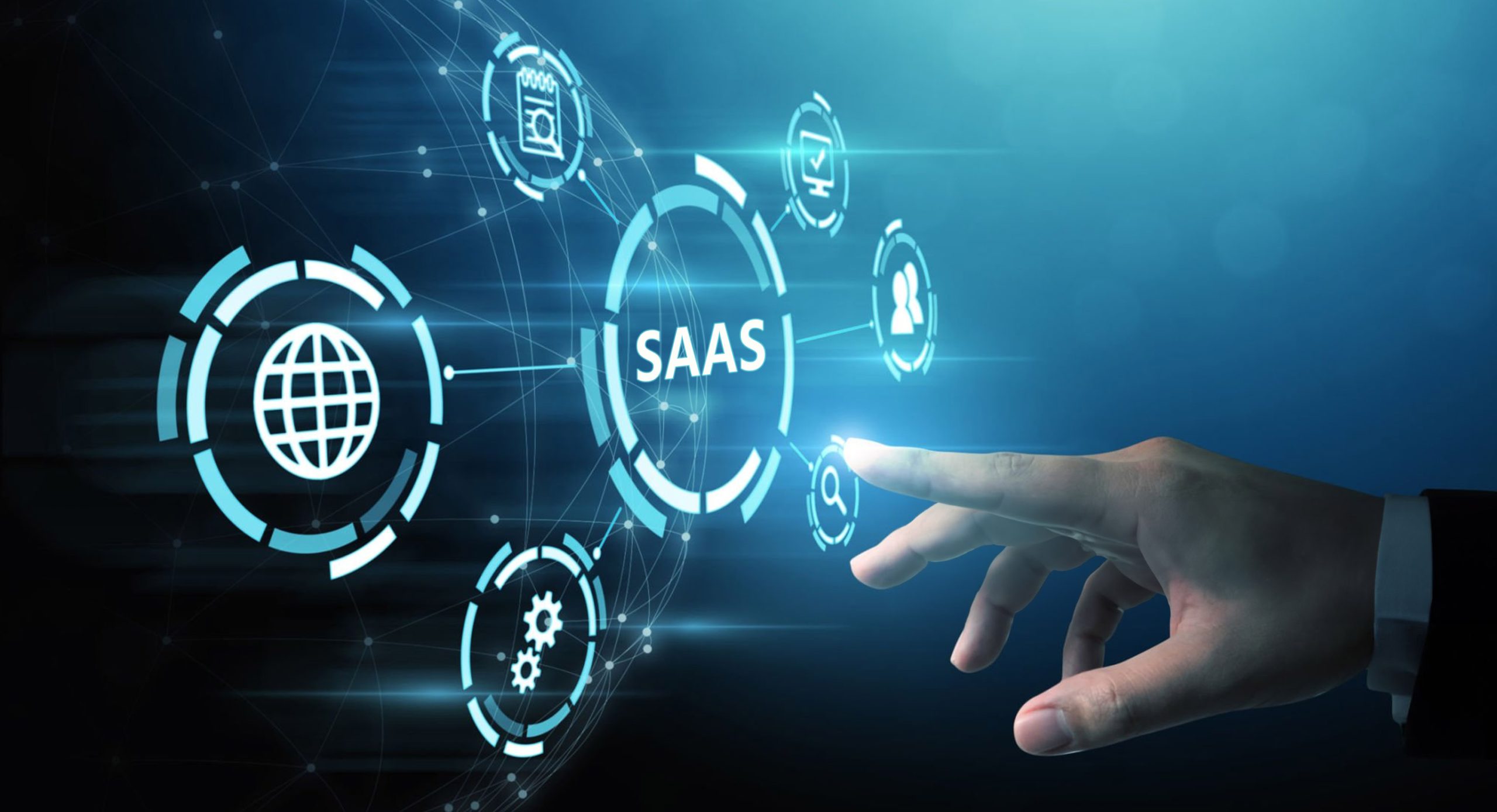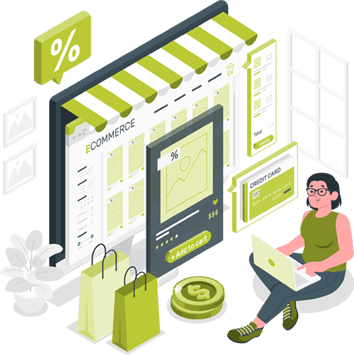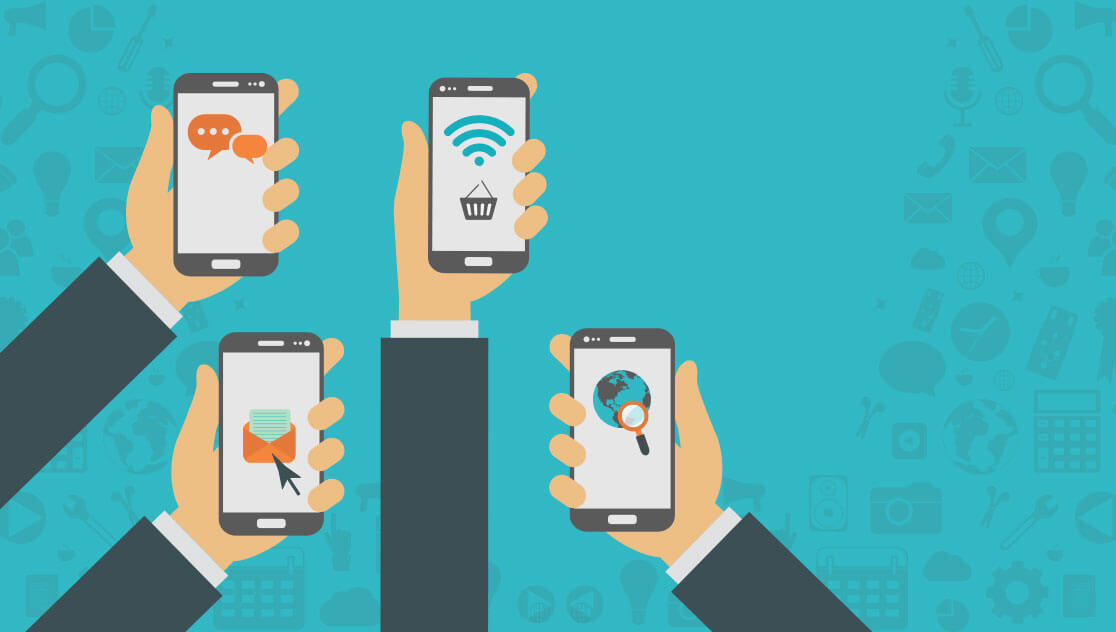
What is SaaS Product Development? A Complete Guide
15 October 2024
The global Software as a Service (SaaS) market is estimated to reach $908.21 billion by 2030, and is growing at an annual rate of 18.7%. As more companies adopt or build SaaS products for their ongoing business processes or launching innovative ideas, it has emerged as a dominant market player.
Building your SaaS product ideas can be overwhelming, especially if you are undertaking such an project for the first time. Navigating the complexities of SaaS product development involves market analysis, structuring requirements and analysing suitable pricing strategies.
This blog helps you find answers on how to build SaaS products.
While there are various blogs on this topic, often they fail to focus on the bare essentials and do not give a 360 degree view of the process. This article will provide a deep insight into SaaS product development.
What is SaaS?
The term SaaS stands for Software as a Service. This means providing customers with technological applications they can license via a subscription, rather than a one-time purchase of a product that can be downloaded on an individual device. In simple terms, users or customers can access your digital product online by signing in.
A SaaS development agency tailors bespoke applications within a cloud infrastructure and launches them over the internet. So, users can access them via smartphones, desktops, or other devices with a stable internet connection.
What are some examples of SaaS applications?
In our daily life we use a huge amount of SaaS applications we may not even realise; such as Gmail, Microsoft Office 365, Dropbox, Slack and Netflix.
Yes, Netflix is a Software as a Service (SaaS) company!
Subscription-based: Netflix offers a variety of subscription plans, where customers pay a fixed amount to Netflix on a monthly or annual basis.
Cloud-based: Netflix is a cloud-based service, meaning that users can access it from anywhere with an internet connection.
The SaaS Product Development Process
Software as a Service can drive your digital transformation strategy and automate several key processes efficiently. However, before you begin the process, you need to understand critical aspects such as how you can implement SaaS.
SaaS applications are hosted on the following server options:
- Private Cloud
- Public Cloud
- Hybrid Cloud
Once you decide on a suitable Cloud option for your project, it’s time to proceed with the SaaS custom development process.
1. Perform an in-depth market analysis
Deep market research about SaaS product ideas is mandatory for building an innovative and successful solution. You need to conduct meetings with the stakeholders and create well-defined answers for the following:
- What problems will the SaaS product resolve?
- Who will use the products?
- How will you create a unique SaaS product?
The focus here is to determine the viability or the actual product demand.
2. Defining key requirements
SaaS products are designed and built for a giant user-base. It is essential that you carefully plan for privacy regulations and security audits. Early recognition of inconsistencies in the SaaS product helps to streamline this bespoke software development.
3. Budget estimation
The budget estimation of the SaaS product development involves predicting design cost, code development cost, consultation charges, maintenance, and marketing strategies.
At chilliapple, a digital transformation agency, we use our 17+ years of experience to provide you with a no-obligation, accurate estimate.
4. Select a suitable pricing strategy
A profitable pricing strategy is the key to unlock your business potential. Based on where you are launching the SaaS application, the age group of the target audience, and fine-tuned market study, You should choose a compatible model.
Some of the popular pricing strategies are:
- Freemium: Application users get the basic version for free but pay money to upgrade to the advanced features.
- Pricing per feature: Users can select key features of the SaaS application and pay for them only.
- Flat rate subscription: Users pay a regular monthly, quarterly, or annual fee for the application.
- Usage-based pricing: The application subscribers pay for a defined quota when using the product. This could be of time, resources, number of users or any other variable specific to the software.
5. Robust technology stack
The technology stack involves selecting frontend and backend development tools. Based on the targeted number of users and required scalability, we can choose from a variety of powerful libraries and frameworks.
Some of the leading frontend tools are React, Vue.js and for backend are Django, Laravel, or a number of others. The technology stack is also vital for aligning a smoothly running SaaS product development team & associated processes.
6. Design & code MVP
SaaS application development is best launched as a minimum viable product (MVP). This allows you to shape the product according to the customer feedback and proof-test ideas with a smaller budget.
For example, Facebook was continuously updated over the years, to continuously deliver needs and expectations according to user feedback. This shows the beautiful journey of Facebook from an MVP to a fully-fledged mobile app. The Facebook development team has always considered user feedback as top priority in new iterations.
7. Release iterations and maintenance
Once you build the MVP, it’s time to test it with the early adopters. Based on the users’ feedback, you can update the MVP with new functional features. Afterwards, you can launch it to the target audience. It is advisable to maintain your MVP with new features and release them as iterations for high user experience (UX).
Neglecting maintenance can deter users and lead to poor UX. So, it’s essential to update the SaaS product with technology updates, security patches, industry trends, market trends, and more. This helps the business model to lower the customer acquisition cost efficiently.
Wrapping Up
SaaS product development requires greater planning, accuracy, and hands-on experience in building extensive solutions. At chilliapple, a SaaS development agency, we have built and maintained a variety of SaaS projects.
Based on your project demands, we will build a feasible roadmap with timelines. This helps to smoothly collaborate in the end-to-end product development process. We can also help you with maintenance of your technology products through our specialised support options.





